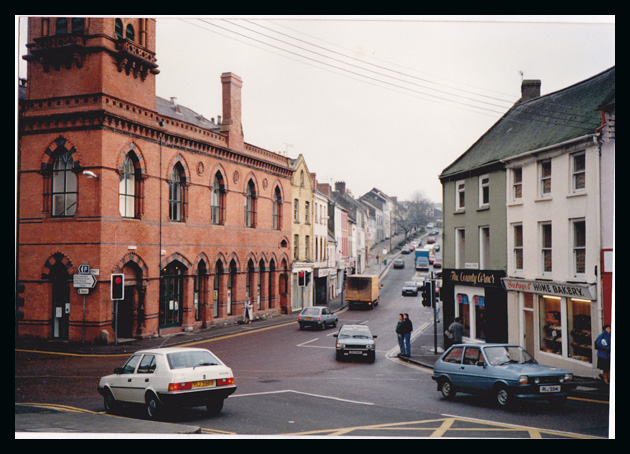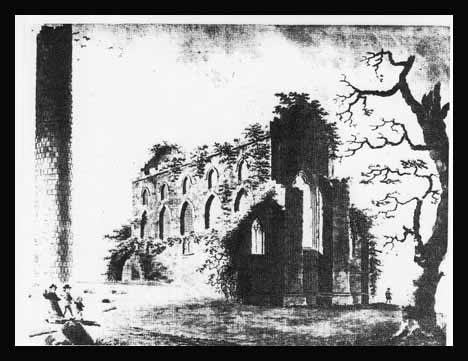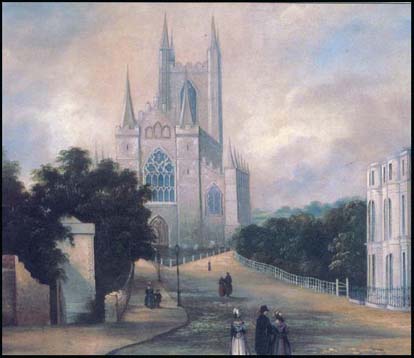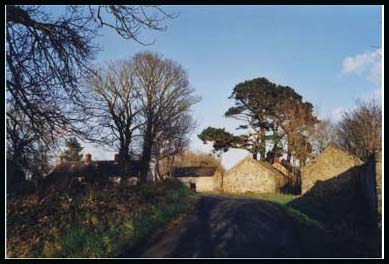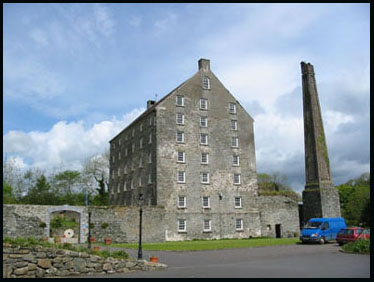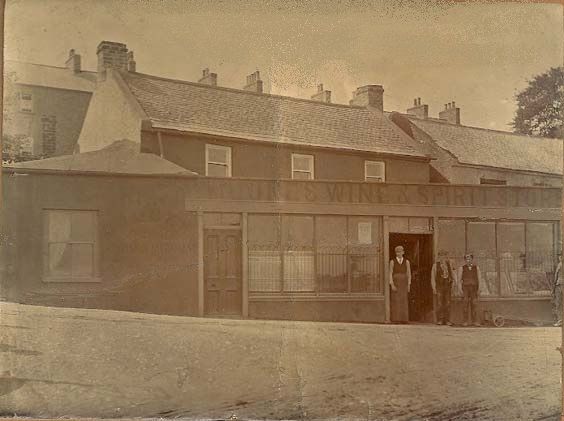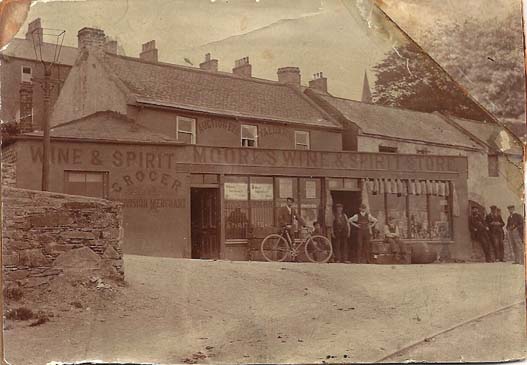|
Ros
Davies' Co.
Down, Northern Ireland Family History Research Site
© Rosalind Davies 2001 Permission granted to reprint research for non-profit use only |
Down Parish
When Walter Harris visited the town in 1744, he commented on the expanding grain market and on the activity at Quoile Quay from which corn, hides, linen yarn and tallow were exported. The merchants engaged in this trade changed the face of Downpatrick. Many of the fine houses in English Street and Irish Street were built by them and still survive to give the town its character. The local gentry met in Downpatrick in Apr 1767 and raised £810 to open Down Infirmary in Saul Street, with Dr. William Waring its first surgeon. The first Infirmary was inadequate and was moved to the barracks in Infirmary Street. Downpatrick Whig Club was strong during the 1790s and had as its members many of the local gentry. A new gaol was built between 1824 & 1830 on the site of present Down Museum. Its 1st governor was Capt. Sydney Hamilton Rowan who had 21 staff with 150 cells & 67 other rooms. The prison population was 312 in 1851 and only 70 in 1869 so by 1884 in was just a convict depot. The gail buildings were demolished c. 1928 and a high school built on the site (DR3/1/2007R)
If the 18th century was a period of expansion the 19th century was one of decline. Changes in technology of the linen industry coincided with a postwar slump in agriculture caused by a rapid fall in grain prices on the English market. Downpatrick inevitably suffered. The breweries, tanneries, small tobacco factory and soap works ceased to exist, while the failure of Pilson's linen mill in Bridge Street in the 1840s put 700 weavers out of work, the majority of them living in or near the town. Some of the corn merchants managed to survive the crisis of these years, but the almost total abandonment of arable farming in Lecale after 1870 eventually put them out of business. In 1846 the population of the parish was 8812 with 4651 people living in Downptrick by 1851 there were 4013 people inhabiting 765 homes in the district (POD) The effects of this prolonged recession
were very obvious in Downpatrick and Lecale in the early decades of
the 19th century; shops, factories, large houses and offices were vacant,
the poorer streets had deteriorated into slums and each census return
showed a continued decline. Today Downpatrick is an administrative centre. The Post Office Directory of 1886
says that there was a mineral water factory here. The town population
in 1910 was 2993 There is an article about Downpatrick racecourse and another about Downe Hospital in Lecale Miscellany 2002 p 16 & 53 Newspaper articles from Northern
Star;
Newspaper articles from Newtownards
Chronicle; There is a description of Downpatrick c. 1000AD in DR* 26 Nov 1910R and Norman Invasion c. 1177 DR* 7 Dec 1912 R` There is a description of Downpatrick c. 1708 in O'Laverty's History Vol 1 p 310. I have indexed the full listings from Bridge Street 1-128 & , part of Irish Street (1-4) & Demesne of Down ( 140- 182) of Griffiths Valuations of 1864 in Surnames Index . |
||
| References;NS; V17 p 39 OSM; DR* 10/12/1856; DR ; LM 1983 V1 p17; IPP p 110; LM 2002 p16; OSM map 1901; POD; DR* 11/7/1936 (old photos) ; LM 1984 p54- 56 LM 1986 p52 (history); LM 1999 p41 (1708 map); LM 1992 p44-48; LM 1983 (cover sketch of Jail) ; LM 1983 p47-50 (early period) ; LM 1991 p21-25 ; LM 1985 p20- 23 & 33-36; LM 1987 P48++; LM 1990 p33-35 (very old maps); LR 2007 p21,22; LR 2008 p82-85 (architectural heritage) LM 1989 p54 ([photo of Royal South Down Militia) ; LM 1993 p21 )old map of town 1729) ; LM 1995 p47-55 (Downpatrick Orange Hall); LR2011 p 44-45 Downpatrick Masonic Lodge) ; KLR2011 p22 (1708 & 1729 map); HFPNSC p1,2 |
|
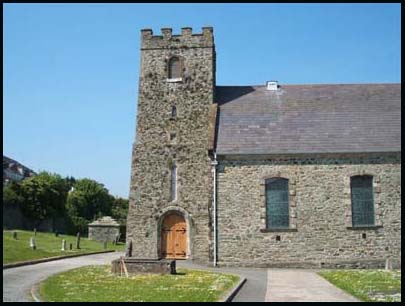 |
|
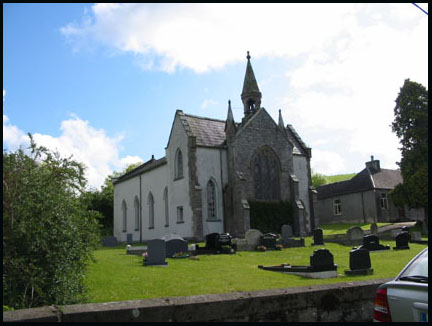 |
|
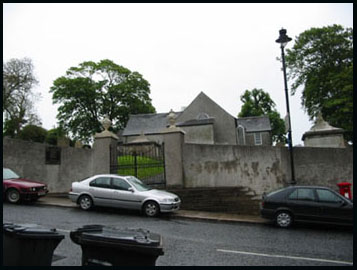 |
|
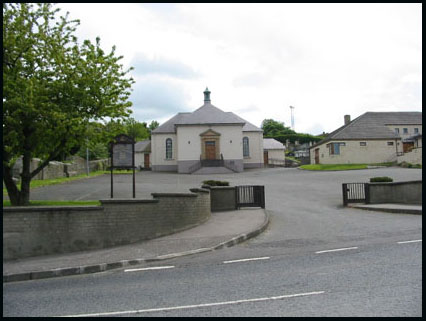 |
|
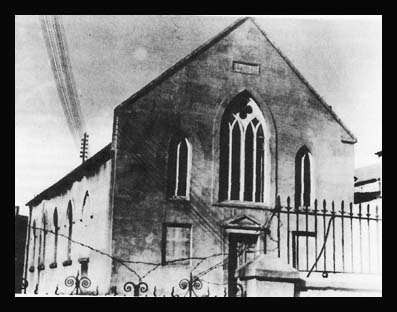 |
|
||
 |
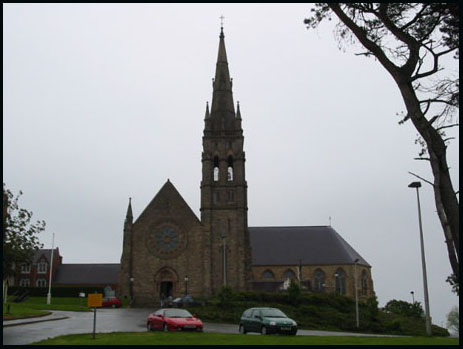 |
|
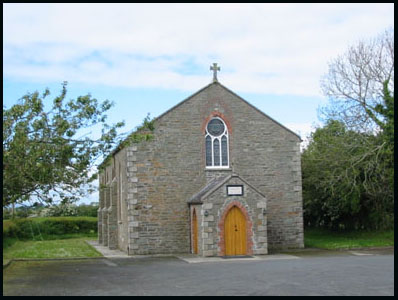 |
|
|
|||||||||
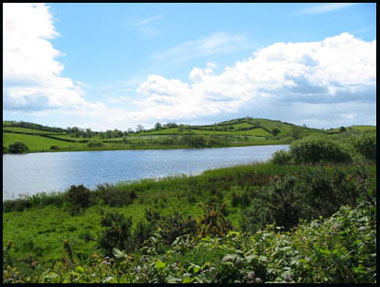 |
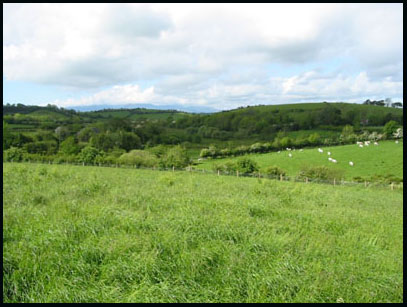 |
|
| Magheralagan
Lake looking south to Ballydonity townland |
Woodgrange
townland looking south on the Annadorn Road |
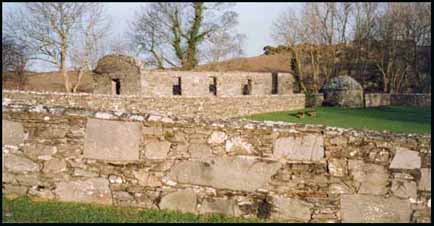 |
|
| Denvir's Hotel in English St, Downpatrick. | |
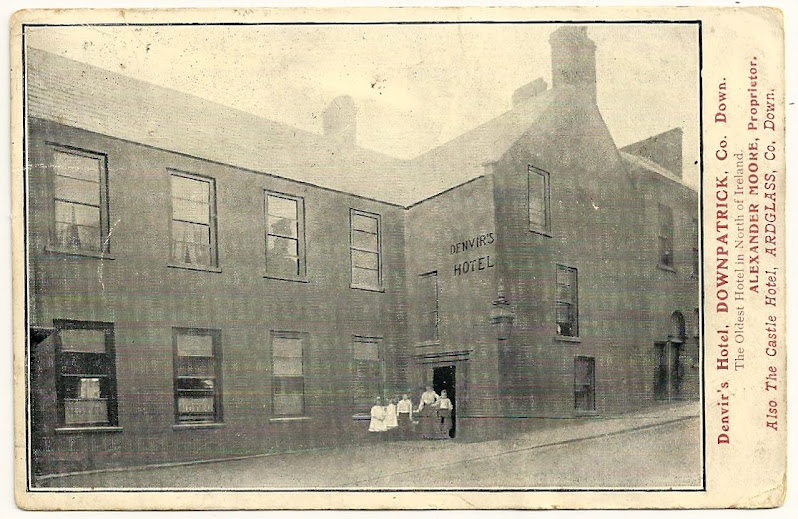 |
This establishment was built as a coaching inn in 1642 by John & Ann McGreevy. It was bought by William Hamilton by 1708 . It was called Price's Arms in 1778 and in 1797 was owned by John Denvir . The proprietor in 1890 was Arthur McEvoy then Alexander Moore 1902 to at least 1910 then Robert Magee in 1924 & the Hayes family in 1934 .
This lovely old postcard dated 1906 was kindly sent by Craig Moore whose great grandfather Alexander Moore was the proprietor from 1902. |
| References; DR* 28/9/1936L; DR; LM 1984 p11; LM 1999 p37-43 (pictures); DT p49 (photos ) | |
by Ros Davies
